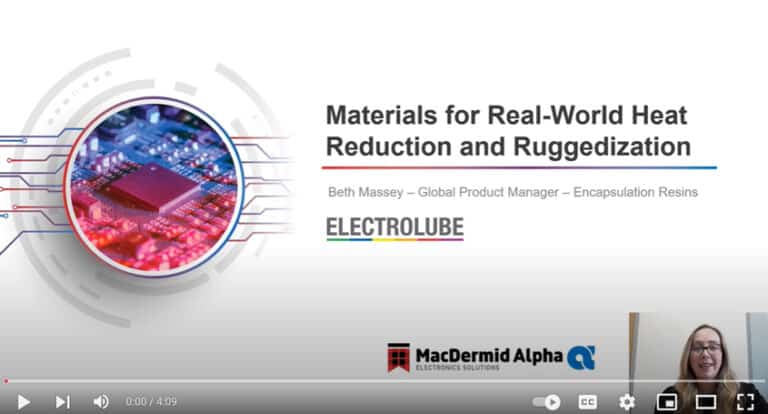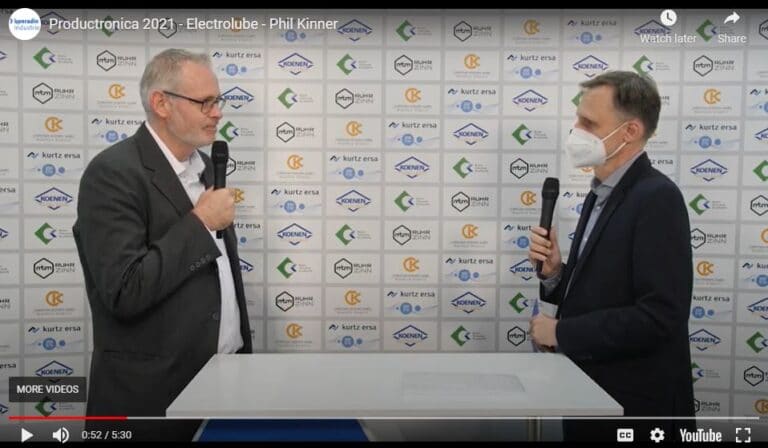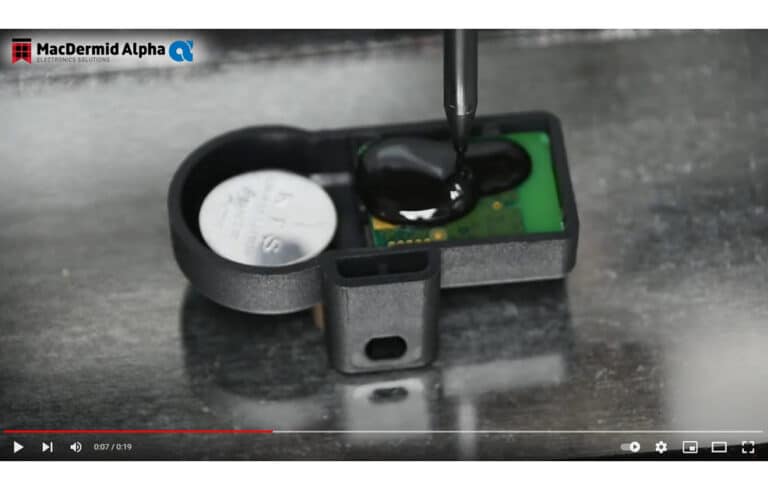How to Avoid Conformal Coatings Failures – As Told By Coatings Expert Phil Kinner
In this, the first of what I hope will become a useful series of ‘how to’ blogs on the selection and application of conformal coatings, I’m going to explore why conformal coatings sometimes fail in service; in particular, why they fail, and the steps that you can take to avoid failure in the first place.
Here at Electrolube, we produce some of the best – perhaps the best – electro-chemicals and circuit protection products on the market. But while we take great care in our research, product formulation and developing the appropriate processing and application techniques for our products, we know that – on occasion – conformal coatings can fail; and rest assured we are pretty keen to find out why.
Our investigations are thorough, and to list our findings here in any detail is somewhat beyond the scope of this blog. However, some of the more common root causes of failure pop up frequently, and for the purposes of this blog, I’d like to run through these issues, offer some tips and bust the odd myth. As in previous blogs that have been submitted by myself and my colleagues, I will present them in our usual question-and-answer format. So, let’s get started….
What are the reasons for coating failure? Coatings fail for any number of reasons – some common and some not so common. Here are five fundamental reasons for failure which are generally the result of poor product selection and/or application, or some underlying problem arising from insufficient surface preparation or some chemical activity going on beneath the coating that is entirely unrelated to the coating chemistry:
(1) The coating formulation is simply not man enough for the job. For example, it fails to maintain an adequate level of insulation when the PCB is subjected to a humid environment and condensation occurs. There are many products that resist these sorts of conditions, so this type of problem can be avoided by making an appropriate material selection at the outset.
(2) The coating has not cured properly and therefore hasn’t had a chance to develop its protective properties to the full. Application, application, application: get this right and you could solve not only this, but a raft of problems in one hit!
(3) Poor coverage or insufficient thickness. Sharp edge coverage can be difficult to achieve with many coatings and it can be hard to ensure sufficient thickness in these areas to maintain protection. A combination of material selection and application technique/workmanship will remedy these sorts of issues. Incidentally, I’ll examine coating thickness a little later on.
(4) There is an unexpected interaction with some other process material used to prepare/build the PCB. Flux residues are particularly illustrative of this type of problem. In a ‘no-clean’ process, for example, these can inhibit the cure of some types of coating or lead to a loss of insulation of the system, greater than either material in isolation.
(5) There is something else going on that isn’t directly related to the coating. Unless there has been meticulous attention to preparation or pre-coat cleaning regimes, corrosive residues bridging the PCB’s conducting tracks can, over time, cause failures. And while the coating may delay failure for many years, at some point failure will inevitably happen.
What would be your top tips for avoiding coating failure? As highlighted in the previous section, choose the right material for the protection required, apply and cure it well. Check for interactions with other process chemistries, and thoroughly clean the assembly prior to coating.
When it comes to application, would a thicker coating be less likely to fail? Ah, it depends. ‘Thicker’ can be ‘better’ up to a point but at some stage the coating material will be too thick and will either crack itself, or even cause cracking of the coated components themselves. For example, during thermal shock or thermal cycling. Depending on the type of coating material used, solvent entrapment (i.e. the solvent not having enough time to evaporate from the coating film before it hardens) can become an issue.
On top of this, by adding unnecessary amounts of coating material you are in effect wasting it, adding to costs and, importantly for some applications, adding weight. Compromised thermal management issues can also arise as it may prove difficult to dissipate heat away from thickly coated components.
It is well to remember that above a certain thickness, which does vary according to the material being applied, any increase is likely to deliver diminishing returns. Get the advice of a reputable supplier: they have laboured hard to establish optimum coating thicknesses for their products in all kinds of operating environments.
How important is the application method to the reliability of coatings? Good question! This is probably the number one determinant of success. Often a poor material applied well, can be just as good or sometimes better than a material with great properties that is applied badly. At the end of the day, coating is about getting sufficient coverage of the sharp edges and metal surfaces without applying the material too thickly elsewhere. Of course, some materials ‘apply better’ than others and make this process as easy and foolproof as possible; but in the end, the performance of liquid applied coatings will always be determined by how well they were applied.
Are some PCBs ‘impossible’ to coat by virtue of their design? Nothing is impossible if you have enough time and money, but design is important in determining suitable application methodology and therefore the cycle times and the costs involved. Some simple things, like trying to keep connectors or other no-coat areas on the same edge of the assembly, can make a huge difference to the ease of coating an assembly, the cost of coating that assembly and, of course, the overall reliability of that assembly.
Well, hopefully, the foregoing has got us off to a good start in this latest ‘how to’ series on conformal coatings. Look out for my next blog piece which will focus more closely on conformal coatings.










